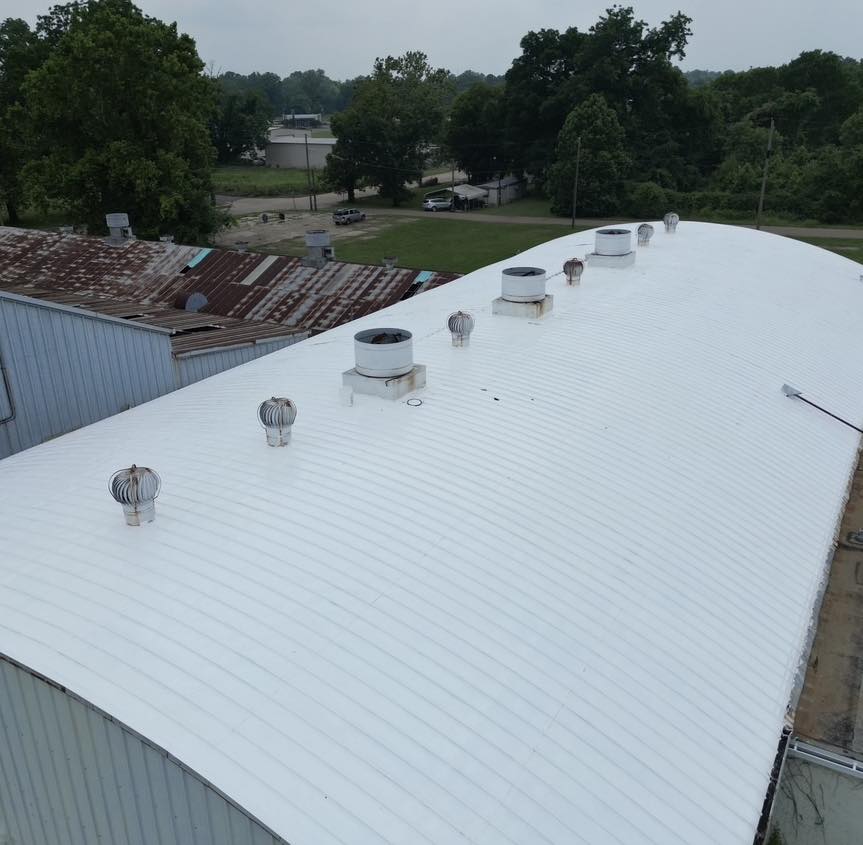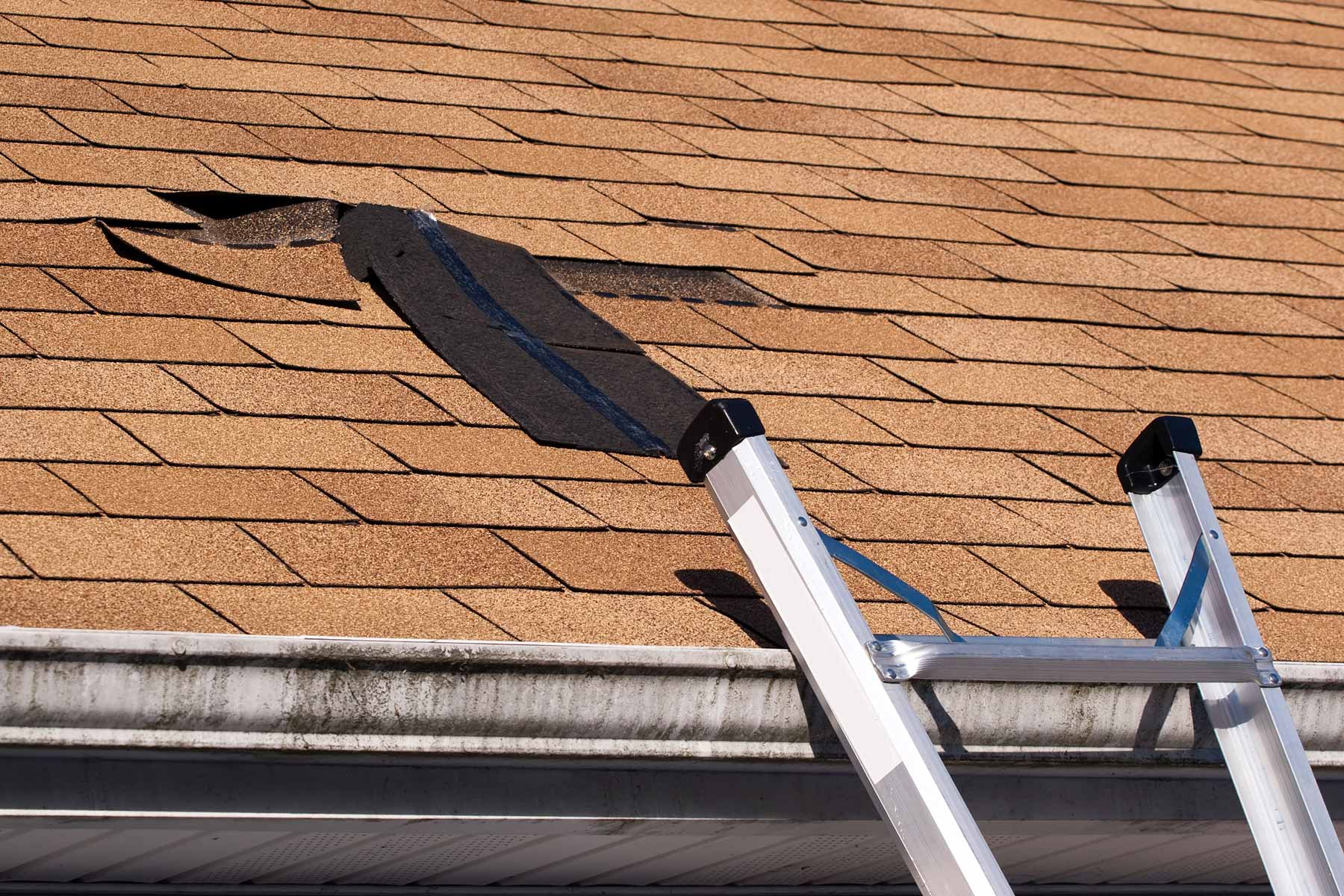If you’ve ever worried about how to keep your flat roof in good shape for years to come, you’re not alone. One of the most effective yet overlooked solutions is flat roof breather vents. These handy components can make a big difference in both the efficiency and longevity of your roof. Let’s break down how they work and why they’re a smart addition to your roofing system.
What Are Flat Roof Breather Vents?
Flat roof breather vents are small devices installed on flat or low-slope roofs to allow trapped air and moisture to escape. Unlike sloped roofs, flat roofs are more prone to moisture buildup because they don’t drain as quickly. Over time, trapped moisture can weaken your roof and lead to expensive repairs. Flat roof breather vents solve this problem by providing proper ventilation, which reduces the risk of issues like mold, leaks, and structural damage.

Why Are Flat Roof Breather Vents Important?
Flat roofs face unique challenges, including:
- Moisture Retention: Flat roofs can hold onto water longer than sloped roofs, which increases the risk of mold and mildew.
- Proper ventilation minimizes this risk by giving moisture a path to escape.
- Temperature Fluctuations: Temperature changes can cause your roofing materials to expand and contract, leading to cracks and other damage.
- Flat roof vents help regulate the temperature inside the roof structure, improving durability.
- Preventing Structural Damage: Without proper ventilation, moisture can seep into the building’s framework, weakening it over time.
- Installing breather vents protects the integrity of your building.
Types of Flat Roof Vents
Choosing the right type of vent for your roof depends on your specific needs and roof design. Here are some common flat roof vents types:
- Turbine Vents:
- These vents use wind power to draw air out of the roof space.
- Ideal for areas with consistent airflow.
- Box Vents:
- Static vents that allow warm, moist air to escape naturally.
- Affordable and easy to install.
- Breather Vents:
- Specifically designed for flat roofs, they balance internal and external air pressure.
- Great for preventing moisture buildup.
- Parapet Wall Vents:
- These vents are used for venting flat roofs with parapet walls.
- Help improve air circulation in enclosed roof spaces.
Benefits of Flat Roof Breather Vents
Installing breather vents on your flat roof isn’t just a one-time expense; it’s an investment in your property’s future. Here’s what you gain:
- Enhanced Longevity: Proper ventilation reduces wear and tear, helping your roof last longer.
- Energy Efficiency: Regulated roof temperatures lower heating and cooling costs.
- Lower Maintenance Costs: By preventing moisture damage, you’ll spend less on repairs over the years.
- Improved Indoor Air Quality: Proper ventilation prevents mold and mildew from forming, which can impact air quality.
How to Install Flat Roof Breather Vents
Flat roof breather vent installation is a job best left to professionals like HUDCO Roofing. Here’s why:
- Correct Placement: Vents need to be installed in precise locations for maximum effectiveness. Improper placement can lead to ventilation issues.
- Sealing and Waterproofing: Each vent must be sealed to prevent leaks.
- Compliance with Flat Roof Ventilation Requirements: Professionals ensure the installation meets local building codes and standards.
How Flat Roof Ventilation Works
Flat roof ventilation involves creating pathways for air to flow freely, removing excess moisture and heat. There are several flat roof venting methods, including:
- Cross Ventilation:
- Air enters and exits through vents placed on opposite sides of the roof.
- Works well for larger roofs.
- Roof-to-Attic Venting:
- Vents connect the roof space to the attic, allowing heat and moisture to escape upward.
- Ideal for buildings with attic space.
- Parapet Venting:
- Venting flat roof with parapet walls requires specialized vents to ensure proper airflow in these enclosed areas.
- Prevents moisture buildup along the walls.
HUDCO Roofing’s Expertise in Flat Roof Ventilation
When it comes to your roof, you deserve a trusted partner. At HUDCO Roofing, we’ve seen firsthand how proper ventilation can save homeowners thousands of dollars. From flat roof vents types to professional installation, we’ve got you covered.
Whether you need help with flat roof ventilation requirements or advice on the best flat roof venting methods, we’re here to help. Don’t let moisture damage and temperature swings shorten your roof’s lifespan. Contact HUDCO Roofing today at 318-584-0044 or visit our contact page to schedule a consultation.
FAQs About Flat Roof Breather Vents
1. How do I know if my flat roof needs breather vents?
- Signs include condensation inside your building, increased energy bills, and mold or mildew growth. A professional inspection can confirm if vents are necessary.
2. Are breather vents suitable for all flat roofs?
- Yes, but the type and placement of vents will depend on your roof’s design and specific needs.
3. Can I install breather vents myself?
- While it’s possible, it’s not recommended. Proper installation requires expertise to ensure the vents function effectively and comply with codes.
4. What happens if a flat roof isn’t ventilated?
- Without proper ventilation, you risk moisture damage, structural weakening, and higher energy bills. Over time, the lack of ventilation can lead to costly repairs.
5. How much does it cost to install breather vents?
- Costs vary based on roof size, vent type, and labor. Contact HUDCO Roofing for a free estimate.
Call to Action
If you’re ready to improve your roof’s efficiency and durability, HUDCO Roofing is here to help. We specialize in flat roof breather vent installation, roof repairs, and replacements. For homeowners in Baton Rouge, Lafayette, New Orleans, Lake Charles, and Shreveport, we’re just a call or click away.
Visit our pages for:
- Roof Repair
- Residential Roof Replacement
- Fortified Roofing
- Emergency Roof Repair
- Insurance Claims
- Financing Options
- Commercial Roof Repair
Explore our service areas:
- Roofer in Baton Rouge, LA
- Roofing Company in Lafayette, LA
- Roofing Company in New Orleans, LA
- Roofing Contractor in Lake Charles, LA
- Roofing Company in Shreveport, LA
Ready to get started? Call us now at 318-584-0044 or visit our contact page to schedule a free consultation!


